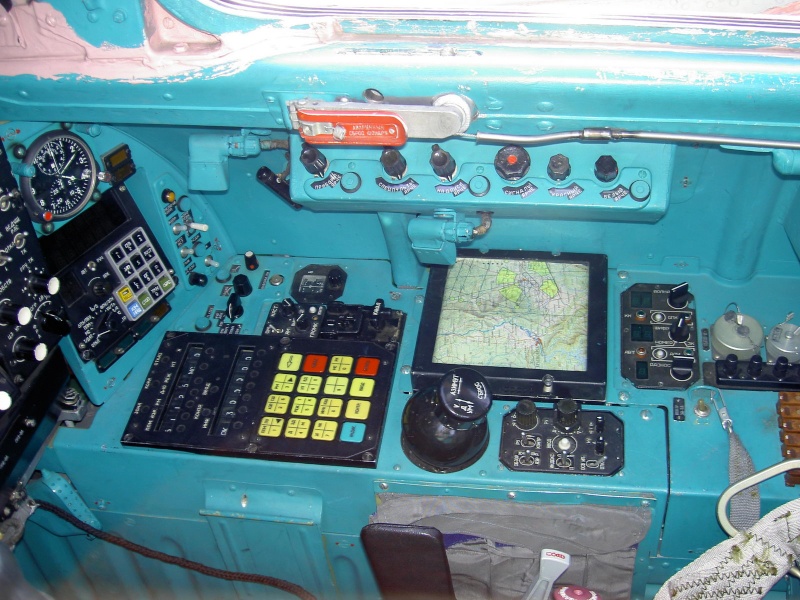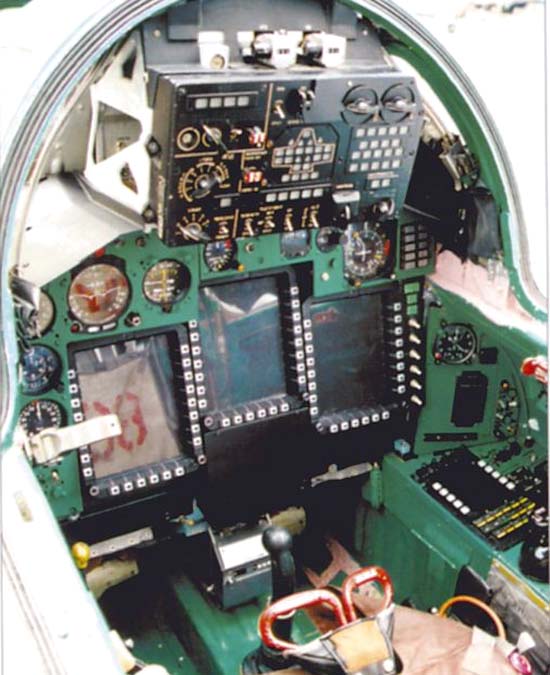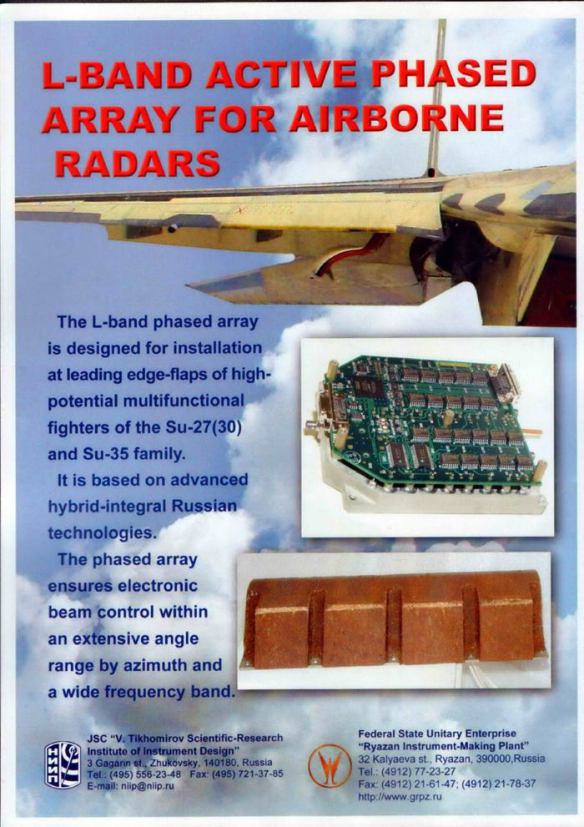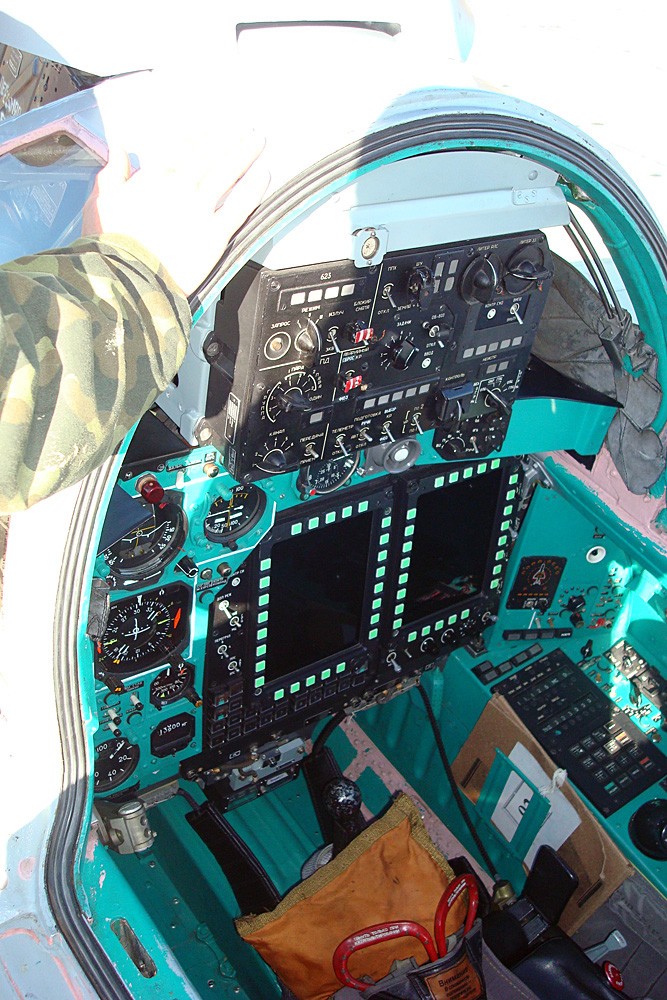Yeah, yeah, but they would be a *killer* with even better avionics.
AESA or PESA... I doubt the target would know the difference... but with an AESA that size I suspect the person paying for the radar will notice the difference.
Yeah, yeah, but they would be a *killer* with even better avionics.
Yeah... Interceptors should always have the bast avionics suite due to their role.GarryB wrote:Yeah, yeah, but they would be a *killer* with even better avionics.
AESA or PESA... I doubt the target would know the difference... but with an AESA that size I suspect the person paying for the radar will notice the difference.
You have a great point. However, because an interceptors role is last-point defense, they should be equipped with the cutting edge. "A great defense is the best offense."GarryB wrote:I don't agree.
If it can do the job with something cheaper you can deploy it in much greater numbers and then when the bleeding edge technology gets cheaper you can make an upgrade for later and get high tech and numbers.
They are great radar systems, and I never said otherwise.... AESA would help increase jamming capabilities and detection etc, and those abilities are very important when it comes to interceptions... Also, I mean *better avionics in general and not just AESA*, which I should have mentioned earlier versus later.medo wrote:Bars and Irbis are also PESA radars and they are excellent radars. Zaslon-AM is big PESA radar and as it is not multirole radar, all its new electronics build inside and working modes are for air engagements, so I doubt Zaslon is in air engagements any worse than Bars or Irbis radar. But regarding Zaslon radar, there is one good question. Original Zaslon radar also operate in L-band to support R-40 AAMs. I wonder if Zaslon-AM in MiG-31BM still have L-band capabilities or only X-band. L-band could better see stealth planes and also is better against ECM as majority of planes ECM are in X-band, not in L-band.
In all honesty, my point still stands.... How is a receiver the size of the Zaslon going to be able to accurately find and track stealth aircraft? It simply can't be done accurately and/or consistently. - This makes me wonder what the L-band systems on the PAK-FA are for... They are *way* too small to do anything, or so I think. How does L-band frequencies jam X-band ones? The West primarily uses S and X-bands in their jets, which (of course) an L-band frequency can't jam.medo wrote:R-40 missiles were in 2 versions, SARH and IR, so L-band in Zaslon radar should be fully operational to work with R-40 missile as it could not work with X-band. Keeping L-band in Zaslon-AM, although MiG-31BM doesn't use R-40 missiles, could give good capabilities against stealth planes and anti jam capabilities as majority of ECM equipment is for X-band. It could still give enough small cell to use with IR guided AAMs like R-73 or larger IR version of R-77 or R-27. Of course L-band is a one of reasons, why Zaslon radar is so big and heavy.
I've known that for years, and that is the reason I am a big advocator of it on the ground and/or ocean. It does have one major problem though, that they can't perform well unless they have large receivers. If not, the definition is almost unusable. Hence the reason the West prefers to use X-band only on their jets.sepheronx wrote:Right now, popular belief of those L band AESA radars on the wings of Su-35/PAK FA are simply transponders. But who knows. Medo is right though Mike, Stealth in its form protects from X band frequencies but due to L band frequencies being very high, the Stealth aircraft will fall within its wavelength and hence can be detected. There is also belief that Ka band radar can also detect stealth too.
Add in that the aircrafts will try to detect stealth jets through IRST (IRST on Su-35 is upwards to 100km detection) and sensors picking up radiation from the enemies radar (if it is turned on. There is a chance it could be turned off and they rely on picking up the targets via an AWACS aircraft nearby, but then there is radiation from the signals as well, which could end up being picked up and jammed).


TR1 wrote:That is the PA-4-3 moving map display, part of the KN-25 navigation system. The stick you see next to the map is what the pilot uses to move the map around.
Nice vid, never seen it in action before.
TR1 wrote:Indeed, pretty much as good as inertial navigation got back in the day.
Sadly cool mechanical devices like this are almost all gone now, just boring MDF with satellite feed.


You mean the one on the PAK-FA right? AESA does point to it being a real "detection system", but it is far too small to be of any use there... As mentioned before, it is most likely an advanced transponder.GarryB wrote:BTW those L band wing mounted AESAs, they are more than just passive listening systems to detect Link 16 emissions... the term AESA means Actively Electronically Scanned Array, which means it sends out a beam and detects the return signal and that it scans electronically rather than with physical movement of the assembly.
Mike E wrote:You mean the one on the PAK-FA right? AESA does point to it being a real "detection system", but it is far too small to be of any use there... As mentioned before, it is most likely an advanced transponder.GarryB wrote:BTW those L band wing mounted AESAs, they are more than just passive listening systems to detect Link 16 emissions... the term AESA means Actively Electronically Scanned Array, which means it sends out a beam and detects the return signal and that it scans electronically rather than with physical movement of the assembly.
You mean the one on the PAK-FA right? AESA does point to it being a real "detection system", but it is far too small to be of any use there... As mentioned before, it is most likely an advanced transponder.

GarryB wrote:Being mechanical they did take up space and were subject to g effect etc.
I seem to remember a photo of the rear position of the MiG-31BM with three large MFD across the cockpit but with a small MFD on the side console.
I would assume all the MFD screens could display map and nav information depending on what was important at the time, though I would expect radar and IRST data could be combined on one tactical display leaving two main screens free for nav or fuel or weapons management or the ESM situation etc etc.
Oh how frustrating... the above shows the small side MFD, but behind it shows what appears to be that joystick controller... is there a new digital Map display to replace the old paper map version?
Looking at the control panel on the older MiG-31s:
In front of the old joystick is a keypad with yellow buttons... I suspect either navigation or radio communication pad. I would suspect the new small MFD replaces that, but without a better view we can't see if the map is replaced... I suspect it would be made digital, but without the right photo.
BTW those L band wing mounted AESAs, they are more than just passive listening systems to detect Link 16 emissions... the term AESA means Actively Electronically Scanned Array, which means it sends out a beam and detects the return signal and that it scans electronically rather than with physical movement of the assembly.
